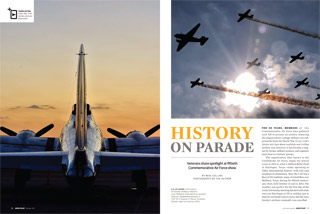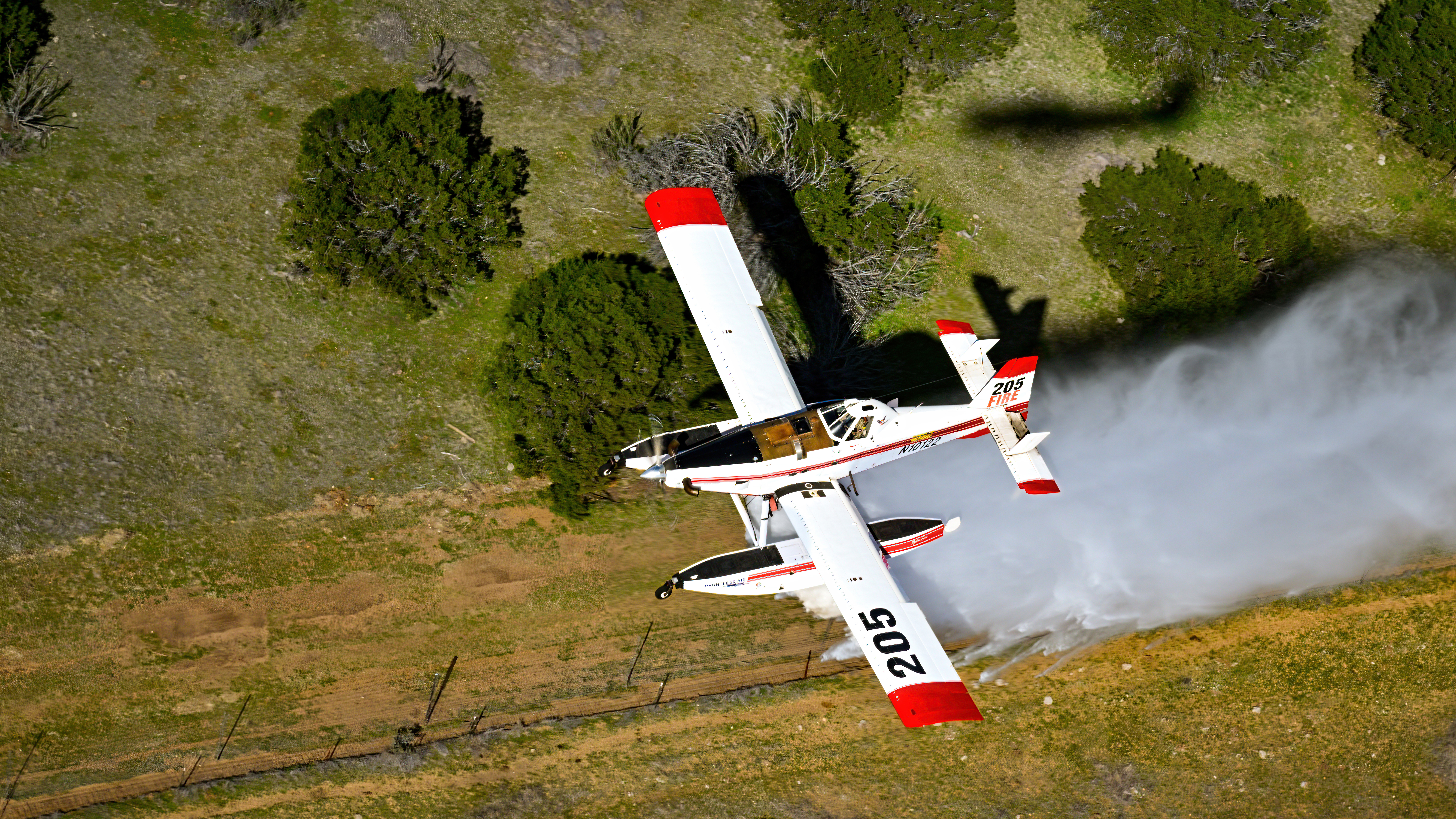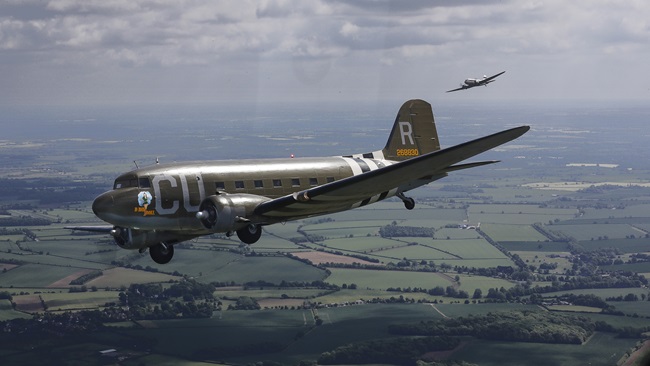I never thought the day would come when I disagreed with Barry Schiff, but it has—after all the words of aeronautical wisdom he has published through the years.
My disagreement involves a matter of visual taste, the appreciation of graceful aircraft design rather than aviation lore. In his article about the Cessna 180 Barry states, “The Cessna 180 Skywagon is not a beautiful airplane....” He and I differ in that opinion. I think the 180 is an outstanding design that artfully combines brawn and attractive proportions. In that regard the 180 is probably exceeded only by the 1930s Cessna Airmaster and the 1950s Cessna 195. I’m certain Barry and I would agree that all three of these aircraft are very sturdy and capable designs, have their wheels in the right places, and are known for being pilot’s airplanes. You’re forgiven, Barry, for as the saying goes, “Beauty is only in the eye of the beholder.”
Gene Vickery
AOPA 550803
Prineville, Oregon
I thoroughly enjoyed Barry Schiff’s mostly accurate article on the Cessna 180 (although I take exemption on slips with full flaps). In the 1950s, ’60s, and ’70s my family tamed the wild northern Sierra Madre of Northern Mexico with Cessna 170s and 180s. These wonderful aircraft helped turn otherwise inaccessible areas into profitable cattle ranches, and I grew to love and appreciate the 180 from the earliest of my aviation years, especially when I reached the status of company pilot. Among other aircraft in my stable, I am now privileged to be the caretaker of a 1955-vintage 180, which I’ve owned for more than a quarter-century, and which has been a faithful and loyal companion on our aerial expeditions ranging from Costa Rica to Alaska. Restored to new condition, it is, hands down, my favorite mount. In regards to the 180’s beauty, and Barry’s thoughts thereof, I will let you and your readers be the judge.
Tom Navar
AOPA 469858
El Paso, Texas

History on Parade
It is always interesting to read about the greatest airplanes that the greatest generation flew during the greatest war the world has ever known (“History on Parade”). The CAF started at Rebel Field in Mercedes, Texas, in the late 1950s and by 1963 they had already had numerous air shows at Rebel Field. I used to watch them practice and maintain their aircraft for those of us who loved the aircraft. Being only around 14 or 15 at the time, I used to play in the discarded T–6s that sat across the road from the airstrip. Pretending to fly was the best I could do in those days. The CAF move to Harlingen did not happen until the Air Force base there was closed. That was after 1963 when I first left home to join the United States Army after high school.
Bob Garcia
AOPA 1415877
Blanco, Texas
Crazy 8s
I liked Dave Hirschman’s article (“P&E: Technique”). His Crazy 8s are the only lazy 8s that I have ever done. I wasn’t aware of the FAA version. It has been something I do when I just want to fly. And when I practice, I see how radical I can make them (i.e., how tight of a pattern and how much altitude can be gained from the bottom). Dave could have mentioned that to have a nice pattern, one needs to hit the same altitude at the top and the bottom.
Dugan Uekert
AOPA 6366103
Darby, Montana
My father—with his nearly 30 years of Air Force training and piloting experience—taught me this maneuver. Fast-forward 20 years to my training to add a commercial rating. My 20-something instructor showed me the procedure and he puttered through the lumbering turns; I laughed and said That’s not a lazy 8! He proved me wrong when we read the FAA practical standards again on the ground. I dutifully performed this tepid maneuver in my checkride. Thank you for describing how to do a lazy 8 correctly (so long as it’s not for the FAA examiner).
Rhett Dennerline
AOPA 1361689
Chicago, Illinois
“I enjoyed Mike Collins’ article. I was touched by Mr. Klinger’s comment, It’s just a place where you went to the office every day, and that’s what you did. I’d do it again. But I don’t feel special. If people say I am, that’s their business. I flew a Huey in Vietnam for a year in 1970 through 1971, and that is exactly how I felt. Get up in the morning and do your job. No heroes; just do the job. And I have never felt special, but I would gladly do it again. It’s special for me to hear a fellow Army aviator from another generation voice that feeling.”
Dennis Gulich
AOPA 1092940
Centennial, Colorado
We welcome your comments. Editor, AOPA Pilot, 421 Aviation Way, Frederick, Maryland 21701 or email. Letters may be edited for length and style before publication.


